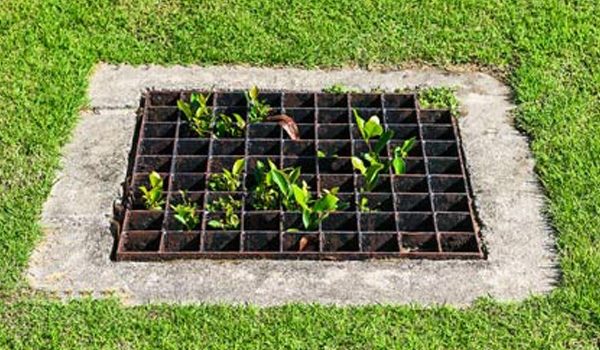As colder temperatures stick around in Northern Alabama, it's natural to think that critical home…

4 Parameters for Septic Drainage System Design
You don’t just install a septic drainage system; a professional needs to design the system first so that the system doesn’t require a major overhaul or replacement in the near future. Here are four critical factors a good septic design must incorporate.
1. Tank Size
The size of the tank determines the installation cost, how often you need to pump the tank, and even how long your tank will last. Although septic tank sizing is a precise science, the following factors can give you a rough estimate of the size of the tank you should install.
Number of People
The size of the household determines the volume of sewer effluent the home produces. Thus, a home with many people living in it requires a larger tank than a home with a smaller family.
Local Weather
Extremely low temperatures reduce the activities of bacteria. Active bacteria digest and treat the effluent in the tank, so reduced bacteria activity means a tank requires more time to treat its wastes. As such, homes with extreme climates are better off with large tanks where wastes can take a long time before treatment.
Government Regulations
In some places, the local government also has a say in the size of the tank to install. The government typically specifies the minimum tank size per household size.
2. Drainfield Size
The septic drainfield (or leach field) is the area where the actual absorption of treated wastes takes place. After the bacteria digests the wastes in the tank and separated the solids from the liquids, the solids sink to the bottom of the tank and the liquid exits the tank. The treated liquid then percolates slowly through the soil in the septic drainfield.
The nature of the soil is one of the biggest determinants of septic drainfield size. You need a big septic drainfield if the soil is impermeable and the liquid wastes take a long time to seep into the soil. The size of the tank is also crucial because a big tank outputs more wastes than a small tank, so a big tank requires a big drainfield.
3. Drainfield Location
You must choose the location of the drainfield carefully since the location determines the efficiency and longevity of the system. Here are some of the factors that determine drainfield location:
- The size of the land. You should have adequate space for the drainfield; otherwise, the drainfield will take a long time to absorb the wastes, and you will pollute the environment.
- The soil. Locate the drainfield in soil with good drainage; the soil should filter out effluent but allow liquid waste to seep deep into the ground.
- The terrain. The drainfield should not be on a steep slope; a steep slope would allow effluent to flow down the slope instead of into the soil.
The above are just a few examples of the factors to consider. Your septic technician will help you locate your drainfield in the most suitable part of your land.
4. Tank Material
Septic tanks are available in different materials all with their pros and cons. Here are some of the typical tank materials:
- Concrete. These tanks are relatively cheap and easy to install, but the tanks are susceptible to cracks.
- Steel. The tanks don’t crack, but they are susceptible to rust damage.
- Fiberglass. The tanks neither crack nor rust as is the case with both concrete and steel. Unfortunately, they are more susceptible to damage due to soil shifts.
Ultimately, your personal preferences, cost, the nature of the soil in your home, and the advice of the technician will help you decide which material is best for you.
Septic design and installation requires the input of professional septic technicians. Otherwise, your septic system may fail prematurely. Contact Economy Septic Tank Service to help you design and install an efficient septic drainage system.



